The cheetah is a fascinating animal that has been able to adapt to its environment in order to survive. The cheetah is the fastest land animal and can reach speeds of up to 70 miles per hour. The cheetah has long legs and a slender body which helps it run quickly. The cheetah also has sharp claws which help it grip the ground while running. These adaptations of cheetah has helped it survive in the wild for centuries. However, as humans have started to encroached on their habitat, the number of wild cheetahs has declined sharply. In order to ensure that this magnificent animal does not become extinct, we must work together to protect their habitat and provide them with the resources they need to thrive.
Adaptations of a Cheetah
Behavioral Adaptations of a Cheetah
The cheetah is a remarkable animal that has adapted to life in the wild in a number of ways. One of the most notable adaptations is its behavior. Cheetahs are known for their speed, but they are also very stealthy and cunning predators.
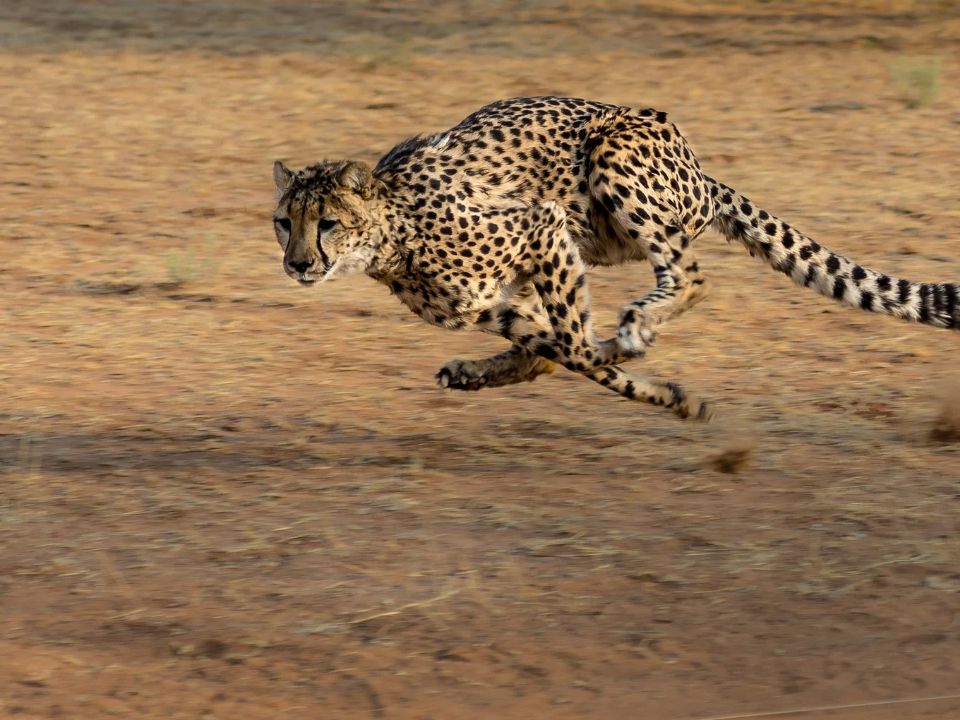
When stalking prey, cheetahs will often keep low to the ground and move slowly until they are close enough to make a sudden dash for their target. This strategy allows them to get close enough to ensure a successful kill while remaining undetected by their prey until it is too late.
Cheetahs also have an excellent sense of hearing and vision, which helps them locate potential prey from great distances away. Once they have spotted an animal, they will use their speed and agility to chase it down before making the kill with a quick bite to the neck or throat area.
Physical Adaptations of a Cheetah
A cheetah’s body is long with long legs and a small head with round ears set high on its head. Its coat is tan with black spots all over its body except on its belly, which is white. Black streaks run from the corners of its eyes down the sides of its nose to help keep sunlight out of its eyes when hunting during daylight hours.
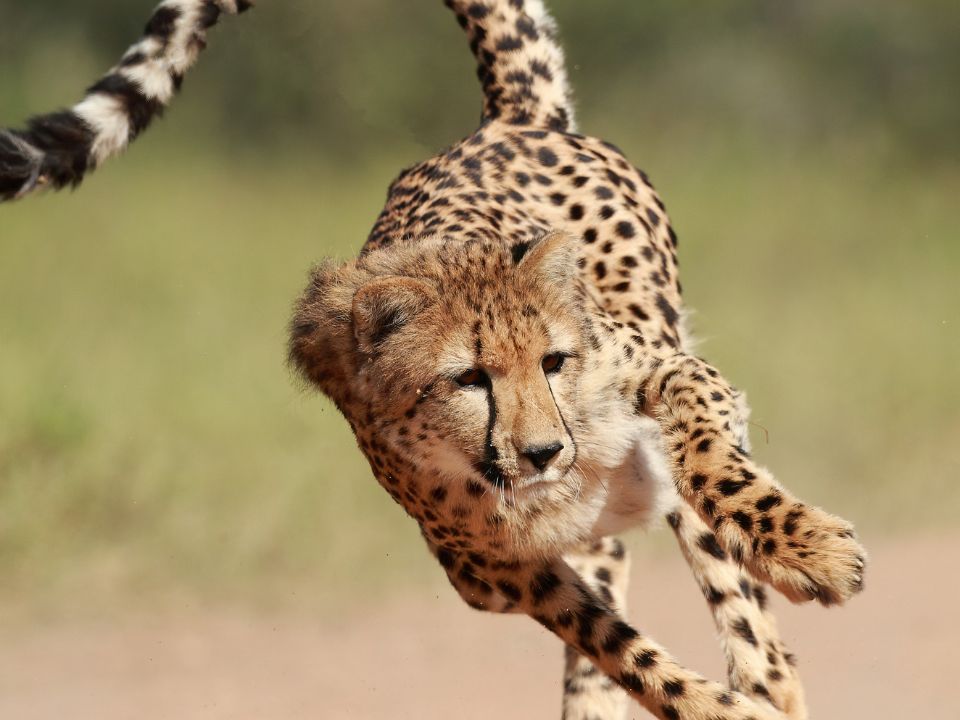
The physical adaptations that allow a cheetah to be such an effective predator are numerous and varied.
- Firstly, they are built for speed; their long bodies and powerful hind legs mean they can accelerate quickly up to top speeds – faster than any other land animal.
- Secondly, their claws are semi-retractable which gives them extra grip when sprinting at high speeds – helping them make sharp turns without losing momentum or footing.
- Lastly, their spotted coats provide camouflage when stalking prey in tall grasses; once they get close enough, their victims usually don’t see them coming until it’s too late!
Structural Adaptations of a Cheetah
The cheetah’s incredible speed is made possible by a number of structural adaptations, including a lightweight skeleton, long legs and large heart.
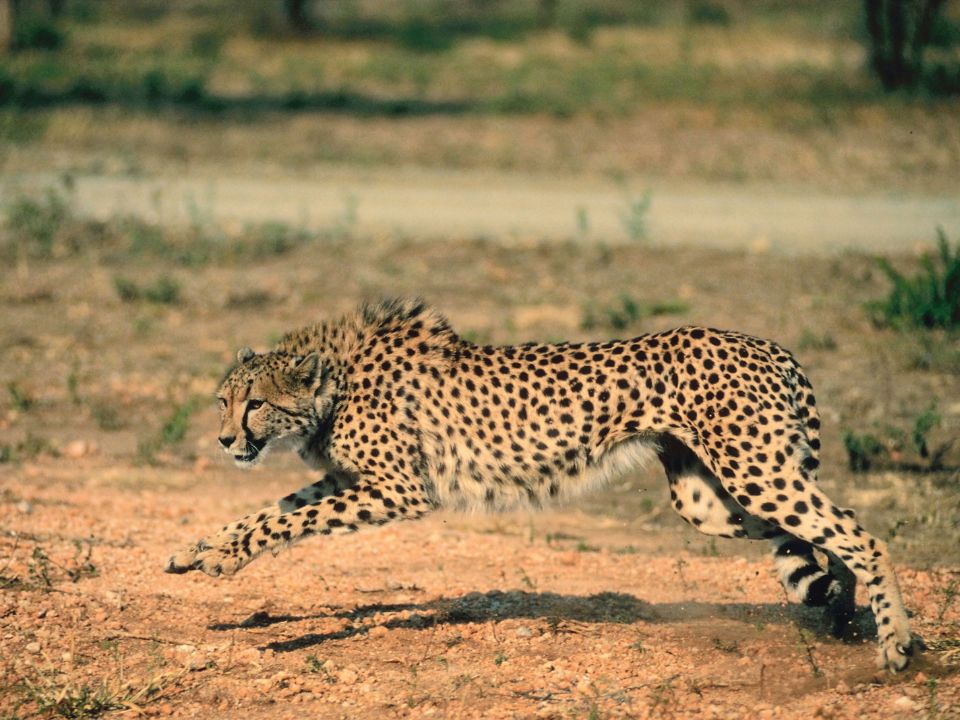
- The cheetah’s skeleton is about 30% lighter than that of other comparable felines. This allows the cat to accelerate more quickly and maintain its high speed over longer distances.
- The cheetah’s legs are also relatively longer than those of other cats, further enhancing its stride length and running efficiency.
- Finally, the cheetah has an enlarged heart that pumps blood more efficiently to its muscles during strenuous exercise.
These adaptations combine to make the cheetah one of nature’s most impressive athletes. By understanding how this amazing animal is built for speed, we can gain insights into ways we might improve our own athletic performance.
Physiological adaptations of cheetahs
Cheetahs are not just fast; they are also nimble and agile, able to make sudden turns and jumps with ease. These amazing abilities are the result of several physiological adaptations that allow cheetahs to run so fast and efficiently.
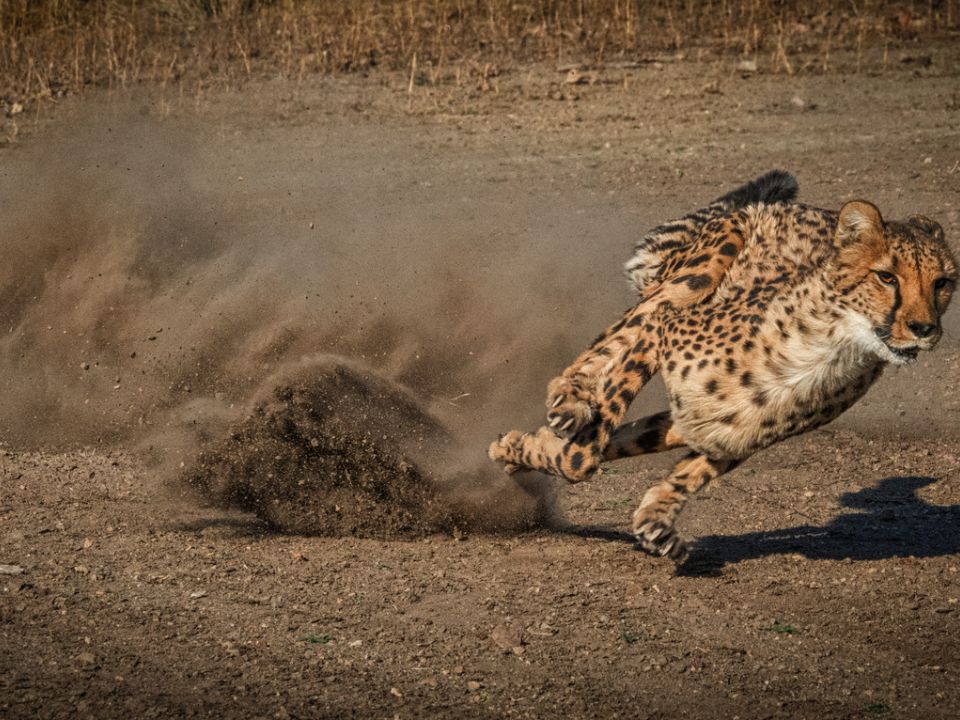
- First, cheetahs have long legs relative to their body size which helps them cover more ground with each stride.
- Second, their claws are semi-retractable and very sharp which gives them excellent traction when running at high speeds.
- Third, they have a unique cardiovascular system that allows them to take in large amounts of oxygen quickly while running; this is due in part to their large lungs and heart as well as special blood vessels that help circulate oxygen more efficiently throughout their bodies.
- Finally, cheetahs have extremely powerful hind legs that propel them forward with great force; this is aided by a flexible spine which allows for greater range of motion when running.
All of these physiological adaptations work together to allow cheetahs reach incredible speeds and perform amazing feats while hunting prey on the African plains
Adaptations of Cheetah in Desert
The cheetah doesn’t just rely on its speed to help it survive; it has also adapted to life in the desert.
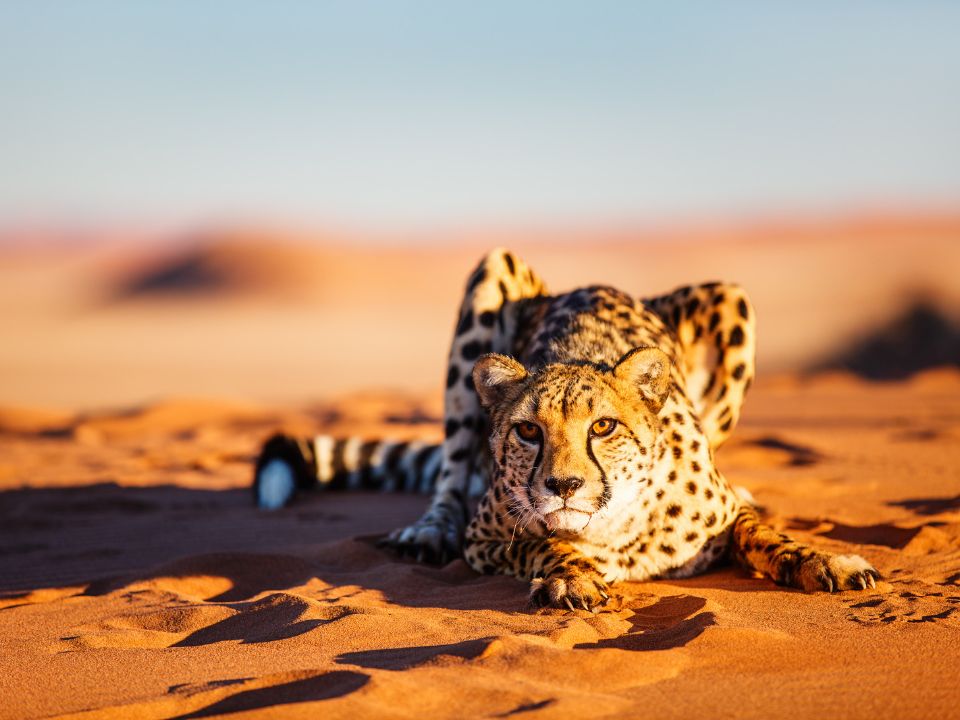
- One way the cheetah has adapted to desert life is by having long legs and a large heart that allows it to run long distances without tiring.
- Additionally, its fur is light-colored, which helps reflect heat and keep the animal cool. Finally, its claws are sharp and curved, which gives it good traction when running on sand.
All of these adaptations make the cheetah well-suited for life in the desert, where it can chase down prey with ease. While other animals may struggle to survive in such a harsh environment, the cheetah thrives thanks to its unique adaptations.

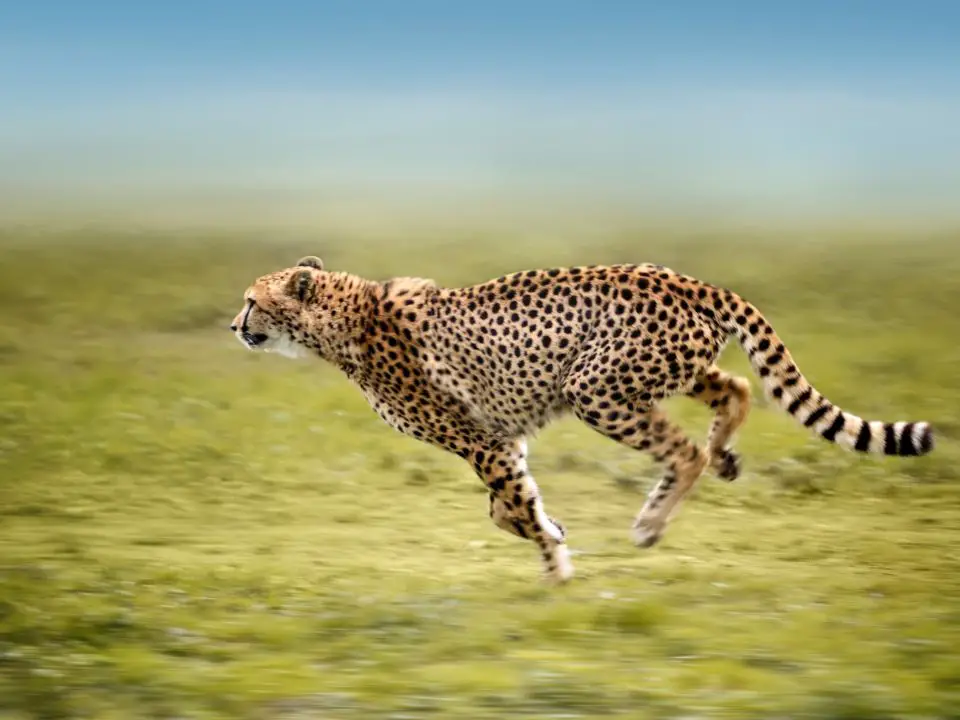





Leave a Reply